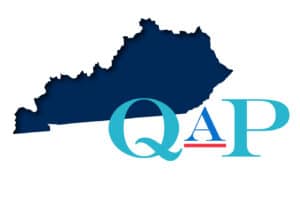The Green Urbanism Program of Global Green USA has released its 2017 analysis of state Qualified Allocation Plans in regards to green building criteria. This year’s study adds Puerto Rico, U.S. Virgin Islands, Northern Mariana Islands, Guam, and American Samoa to the analysis. The study, which has been ongoing since 2005, identified several trends in 2017:
- Almost ¾ of all states have incorporated smart growth principles and energy efficiency standards into their QAPs (unchanged from last year’s numbers)
- The incorporation of Energy Codes has increased to a presence in 96% of all QAPs, up nearly 40% in four years.
- 80% of states incorporated energy efficiency standards in their QAPs
The report reiterated several recommendations from 2016:
- Require benchmarking and monitoring of energy, water, and solid waste
- Continue expanding proactive health strategies (no-smoking, energy star Indoor airPLUS program, providing exercise rooms and active design features)
- Establish a common standard for addressing resilience in the context of design and construction.
An additional recommendation this year encourages states to direct LIHTC allocations to communities with up-to-date Emergency Management Plans in light of a recent uptick in natural disasters. “At the project level, incentives should be provided for projects that incorporate battery tied photovoltaic systems and micro grids that can operate autonomously to the electrical grid, to serve as a neighborhood resilience hubs that provide basic services such as refrigeration for medicine, cell phone charging, security lighting, and basic climate control.”
Michigan joined Ohio this year as the only two states to receive an “A+” rating. Closely following were Pennsylvania, New York, New York City, New Jersey, Delaware, The District of Columbia, and Colorado with “A” ratings.



